Have you ever fantasized about having a live jellyfish aquarium in your living room that was amazing to watch? Their exquisite nature can’t be disputed; however, keeping these fragile inhabitants alive and healthy in captivity is not easy. Today’s article covers the complexities of keeping jellyfish in an aquarium and ways to build a jellyfish tank.
Content Table
Let’s talk about dealing with jellyfish tanks and jellyfish, discuss the budget and high-end price options, grasp the meaning of putting together a jellyfish tank, and explain the feeding method of a successful jellyfish tank.
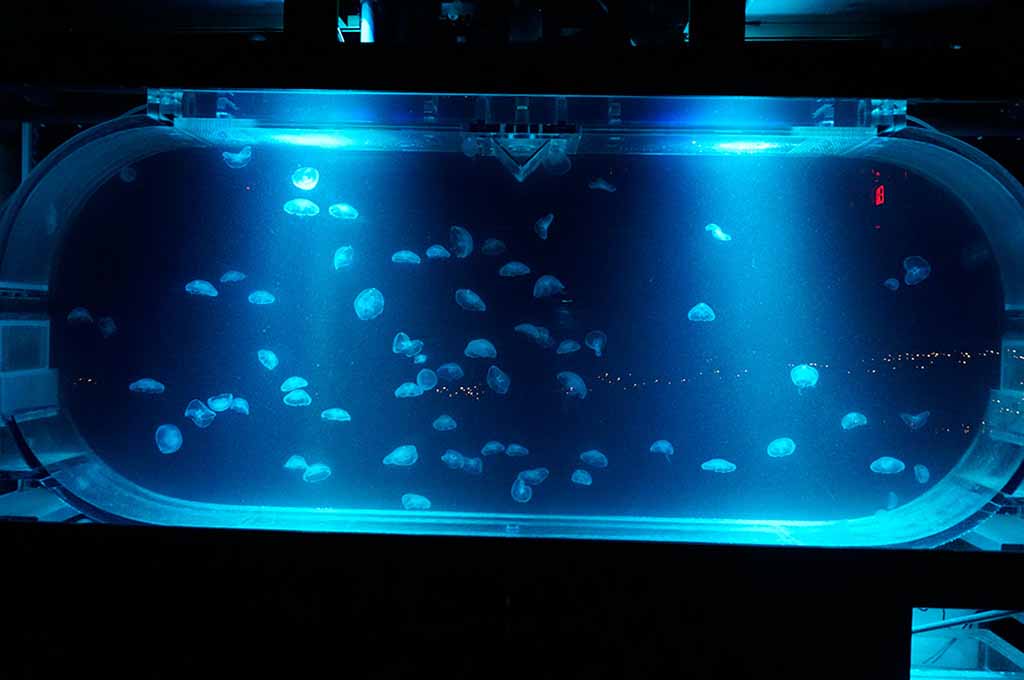
jellyfish tank
Is it Difficult to Keep Jellyfish in Aquariums?
Bringing jellyfish to an aquarium is more challenging than caring for fish. They demand water flow, lighting, and food supplies that are unique to their kind compared to most aquarium species. While it is quite difficult to set up a home aquarium with jellyfish, it can be done with the right setup and care.
Here’s a breakdown of the possibilities and costs of keeping jellyfish tanks:
- Sensitive to water quality: Jellyfish sense and react to changes in water quality; therefore, un-stabilized water parameters are unacceptable. We need to perform periodic water changes and testing for this.
- Specific water flow: The jellyfish requires a gentle, tube-like current to keep it afloat and from jabbing itself on the aquarium walls. This can be done by having specialized water pumps.
- Limited food options: Jellyfish belong to a group of filter feeders, restricted in their food options to microorganisms and plankton. You should consider getting a live organism or frozen food as a supply.
- Lack of filtration systems: Many of the jellyfish tanks do not resort to traditional filtration systems that may be potentially hazardous to jellyfish. On the other hand, they use water changes and protein skimmers to keep their water quality instead.
Cost
The price range of jellyfish tanks, from cheap to costly, can be based on the tank’s size, features, and brand. Here are some examples:
- Cheap (Under $100)
These are generally tiny, usually plastic containers, which have a basic lighting and pumping system. They are affordable yet may not be a viable option for keeping jellyfish in the long run.
- Moderate ($100-$500)
These kinds of tanks are more expensive, and they are made of better materials like acrylic, offering various features of built-in protein skimmers and adjustable lighting. They are a great choice for the majority of hobbyists otherwise.
- Expensive (Over $500)
Expensive jellyfish tanks are big, well-designed, and full of amenities. They may involve an automatic system for water change, upgraded filtration systems, and remotes for lighting and water flow. These tanks are perfect for either advanced hobbyists or public aquariums.
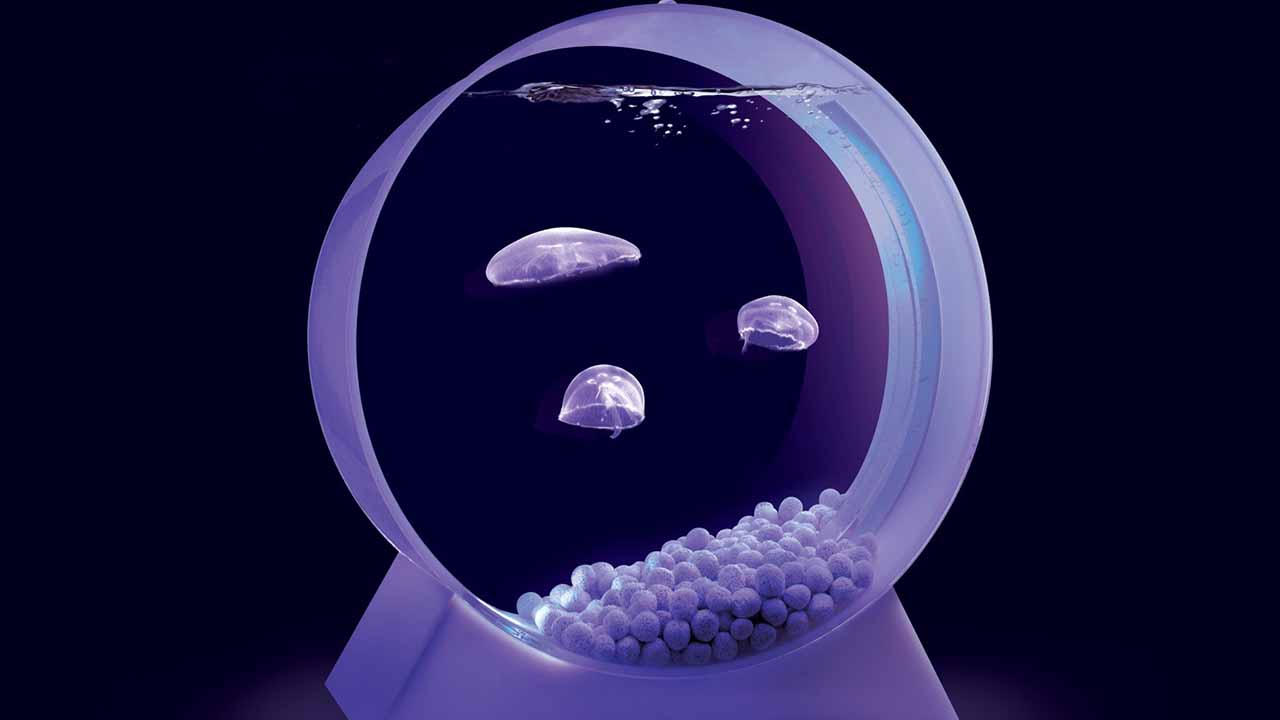
jellyfish tank and jellyfish
Ways to Build a Jellyfish Tank
There are two main approaches to building a jellyfish tank at home: using a pre-made jellyfish tank kit or creating a DIY setup from a regular aquarium.
1. Pre-made Jellyfish Tank Kits
Simpler and faster: This is the easiest option, especially for beginners. Pre-made kits come with all the essential components specifically designed for jellyfish, including a tank, lighting, a filtration system (usually a protein skimmer), and a water circulation pump.
Tips:
- These kits typically range from moderately priced to expensive, depending on size and features.
- Choose a reputable brand like Hygger, which is known for quality aquarium kits.
2. DIY Jellyfish Tank: Step-by-Step Guide
DIY jellyfish tank from a regular aquarium:
Tank Selection
Opt for a tank crafted from acrylic in particular (it is less vulnerable to scratches and cracks), which is either circular or tall and narrow in form. Do not buy tanks with corners and sharp edges, the jellyfish there may be torn to pieces. The size is determined by the number of jellyfish desired. Typically, a tank ought to provide at least 10 gallons of water per jellyfish.
Filtration
Regular aquarium filters for jellyfish are inappropriate because the bells are very fragile and can be broken by a strong water stream. You’ll require a protein skimmer that will take care of removing waste products and water quality without causing the formation of harmful waves. Protein skimmers utilize air bubbles to create foam which catches wastes that it skims off the surface of the water.
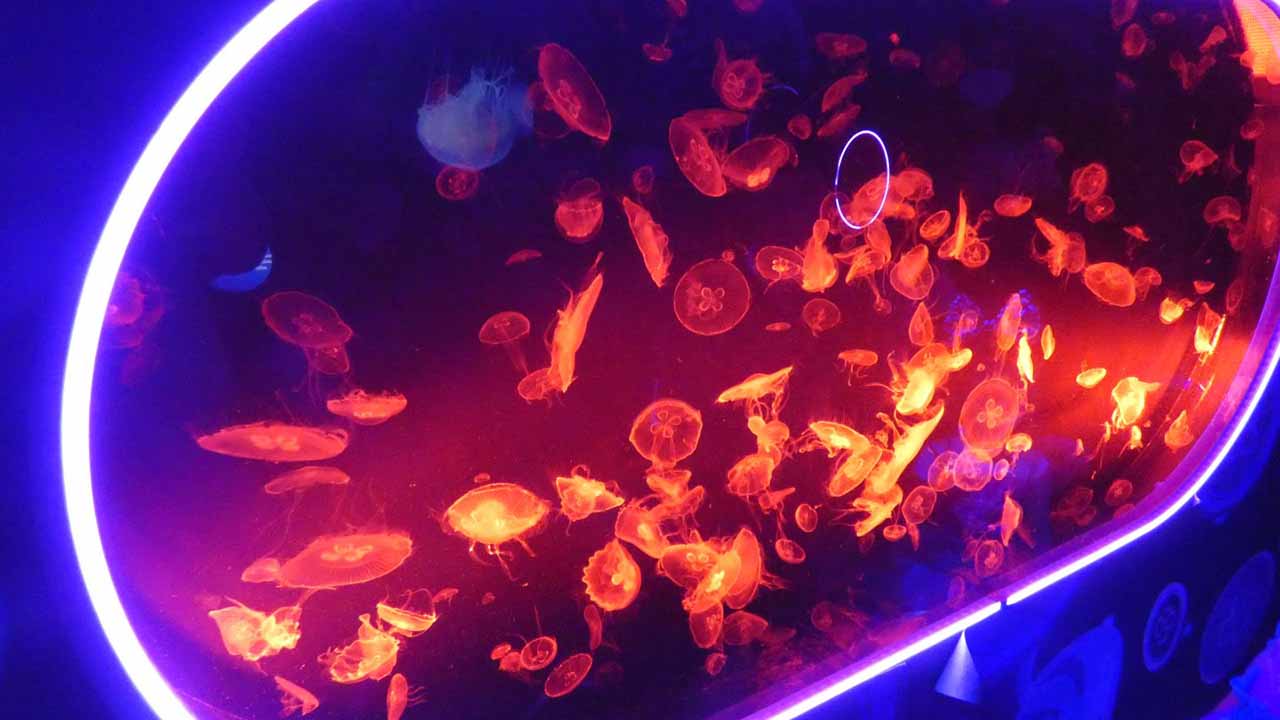
Build a jellyfish tank
3. Water Flow
Introduce a slow water pump that produces a pulsating flow imitating the ocean currents that jellyfish use for their buoyancy and movement. Try different pump positions to avoid the development of dead zones (areas with little water flow) and excessively strong flow, which may affect the jellyfish. PVC pipes or baffles can be introduced strategically to manage the flow and get a uniform circulation of water within the aquarium.
4. Lighting
Use LED lights of low intensity. Jellyfish are often stressed out, and behavioral patterns can be altered due to the bright lights. They don’t ask for too much light, and bright light can even wash out their bioluminescence (which is a faint and beautiful glow that some jelly species have). Some of the ready-made kits feature built-in blue lights that merely boost the glow of the jellies and cause no harm.
5. Lid
A tight-fitting lid is crucial to prevent jellyfish from escaping. Jellyfish are delicate swimmers and can easily get damaged if they come out of the water. Choose a lid made from acrylic or another non-corrosive material that allows light penetration. You can also modify an existing aquarium lid by adding mesh screening to allow for gas exchange while preventing escapes.
Useful Tips:
- Research Jellyfish Species: A particular type of jellyfish will usually require a certain quantity of water flow, lighting, or food. Choose one of the species that meets the requirements for the home aquarium. The Moon jellyfish (Aurelia Aurita) are well known among beginner aquarists for their simplicity of maintenance.
- Water Quality: Support perfect water quality standards. Utilize RO or DI water during the initial system setup or water changes. Testing and water changes regularly are a must.
- Food: Provide continuous live or frozen food like rotifers, brine shrimp nauplii, or specialized jellyfish food.
- Acclimation: When introducing jellyfish to your tank, give them a slow acclimation to prevent the shock coming from temperature and salinity changes.
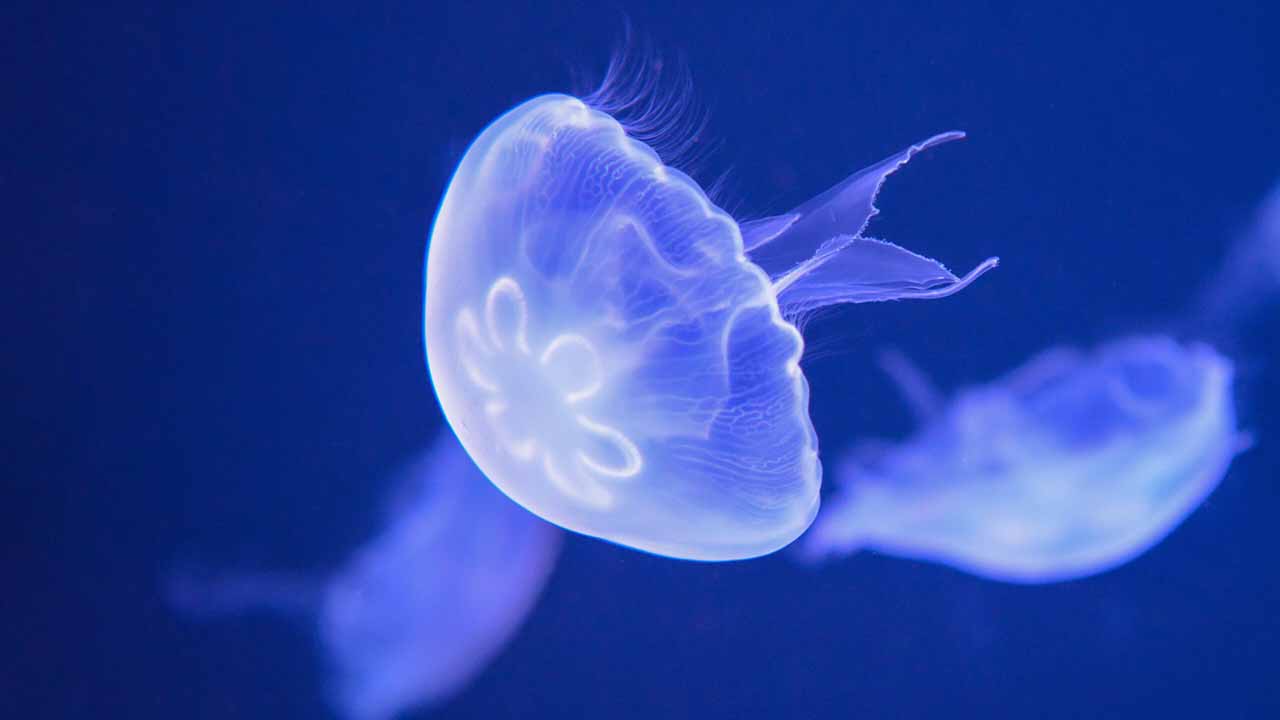
How to build a jellyfish tank
How Hard Is It to Manage a Jellyfish Tank
Jellyfish tanks are considered more challenging to maintain than typical fish tanks. Here’s why:
- Sensitive water conditions: Jellyfish require very specific water parameters, including salinity, temperature, and water flow. Maintaining these stables is crucial for their health.
- Feeding: They have unique feeding needs. They can’t be fed flake food like fish, and require live or frozen brine shrimp or other tiny prey.
- Tank setup: Jellyfish tanks need special filtration systems and a gentle, circular water flow to prevent them from getting injured.
However, with dedication and the right knowledge, you can successfully manage a jellyfish tank. Here are some daily tasks to keep in mind: - Monitor water parameters: Regularly check salinity with an aquarium hydrometer, temperature, and ammonia/nitrite/nitrate levels.
- Feeding: Feed your jellies a small amount of live or frozen food twice a day.
- Water changes: Perform small (10-20%) water changes every few days to maintain water quality.
- Cleaning: Gently remove any debris or uneaten food with a cleaning brush.
Closing Thoughts
To be honest, raising jellyfish at home is more laborious than the husbandry of fish. This requires water quality, volume, and food to be the priority areas of focus. Pre-made kits make the job easy; on the other hand, DIY setups give more control. Regardless of the process you choose, make sure that your jellyfish species are adequately nourished according to what they require. If you want to, and have the right information, you can make an amazing aquarium full of jellyfish that is no less than having your ocean in your living room.
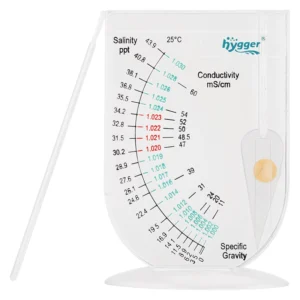
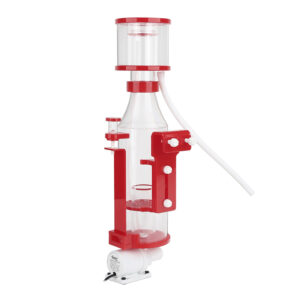
Leave a comment